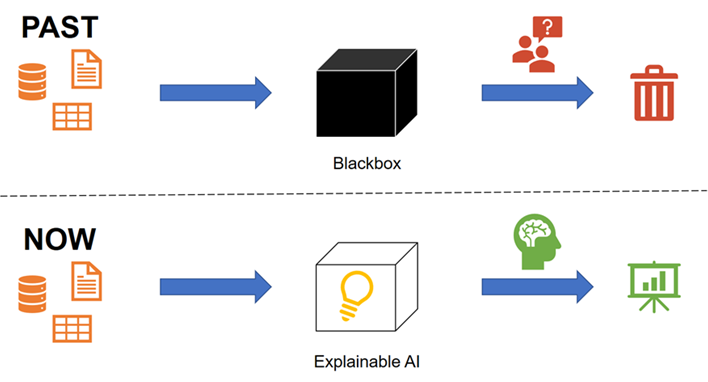Explainable artificial intelligence for trial field analysis
a Supper & Supper Use Case
Other Use Cases in this category
Explainable artificial intelligence for trial field analysis a Use Case lesen
Automated and user-friendly Data Analysis Pipeline for Agricultural Field Trials Use Case lesen
Crowd Control - Using AI to track people counts Use Case lesen






